RESOURCE LIBRARY
Knee Injury 101: Common Causes, And What You Can Do About It Today
Anyone can be a victim of a knee injury; whether you are a professional athlete, a weekend fitness buff or someone just busy carrying out your day-to-day activities.
The knee joint is unique in that it carries body weight at the same time as it provides flexibility and mobility. It is formed by the femur, the tibia and the patella and held together by muscles, ligaments and tendons. This construction predisposes the joint to risk of injury from sudden movement and repeated wear and tear.
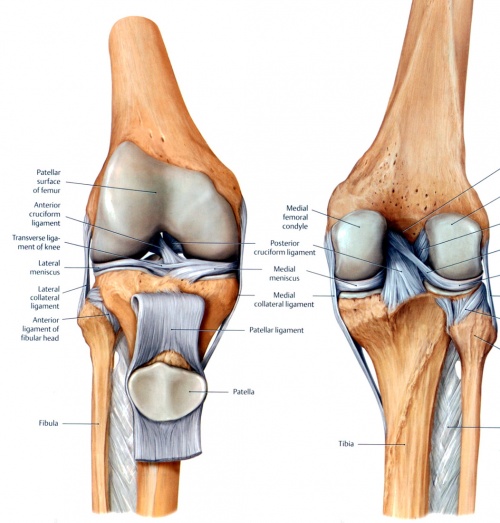
Anatomy of the knee joint
Image via Physio-Pedia.
What causes knee injuries?
Ligament Sprains – ligaments are bands of strong tissue that stabilize the knee joint together. Over‐stretching can cause the ligament fibre to tear and bleed into the surrounding tissues, causing pain, swelling and a feeling of ‘giving way’. Severe tears may require surgery.
Cartilage Tears – cartilage also helps stabilize and protect the knee joint. Pressure from twisting and turning during weight‐bearing exercise like squash may tear the cartilage, causing pain, swelling and locking of the knee joint.
Tendon Strains – tendons are cord‐like bands that connect muscle to bone. The patellar tendon connects the kneecap (patella) to the tibia (shin). Patellar tendonitis or ‘jumper’s knee’ is in; lammation of the patellar tendon. This is an overuse injury commonly caused by repeated jumping, as in basketball.
Patello‐Femoral Syndrome – excessive friction between the surface of the patello‐femoral joint (kneecap) and the femur (thigh) can result in knee pain. It may have a number of causes and should be assessed by a physiotherapist. Knee injuries can be caused by trauma,such as an accident or a fall, or even by a sudden increase in your daily activities. Other injuries develop over time,from factors including structural problems within the joint itself, incorrect athletic training methods or technique, and poor equipment.
Footwear – a new pair of athletic shoes or a change to heels instead of flats can affect the way you walk and, in turn, can place stress on the muscles and tendons around the knee joint.
Frequency and intensity of a regular activity – any change such as jogging or playing tennis on a different surface can affect the knee joint. For example, simply moving the activity from a soft track or clay court to a hard surface such as a road or hard court can add stress to the knee joint and increases the risk of injury.
Compensation for an injury else where ‐ a blister on your foot, for example,may cause you to change the way you step to minimize the pain, thus placing a strain on the knee.
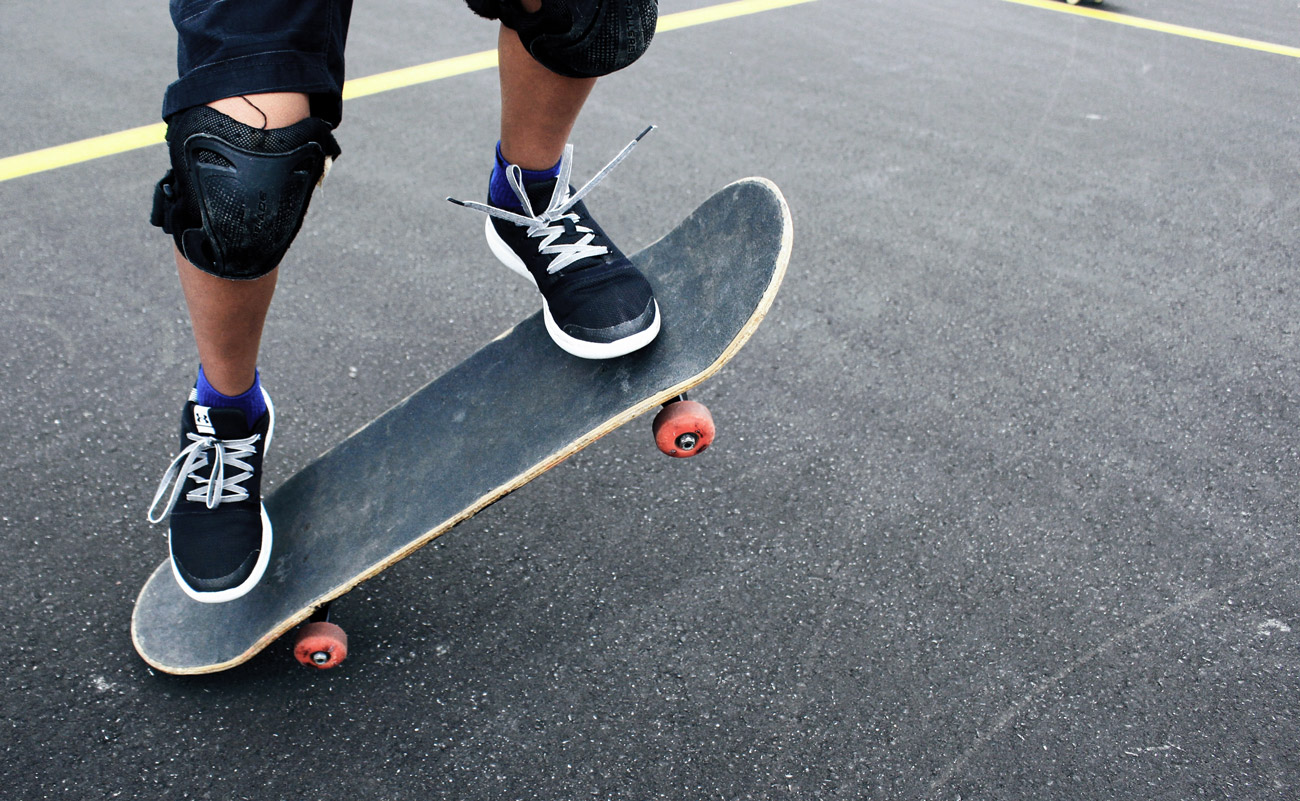
Most ankle sprains cause injury to the ligaments on the outside of the ankle
Image via Unsplash.
Treating knee pain
Physiotherapists work closely with doctors, surgeons and sports specialists to provide effective care and assist recovery. Our physiotherapist will assess your knee to determine the source of the problem and to develop an individual treatment program.
Depending upon the type and degree of injury, the program may include:
• Applying ice to control swelling;
• Stretching exercises to regain flexibility around the joint. The most common stretches are for the hamstring, quadriceps, gastrocnemius (calf), iliotibial band and groin (hip adductor), hip flexors and buttocks.
• Strength training to build up the muscle. If you are involved in organized athletics, your physiotherapist may also want to work with your coach to ensure a safe return to your sport. Strengthening exercises are specific to the injury, but would include the quads, hamstrings; hip adductors and abductor muscles.
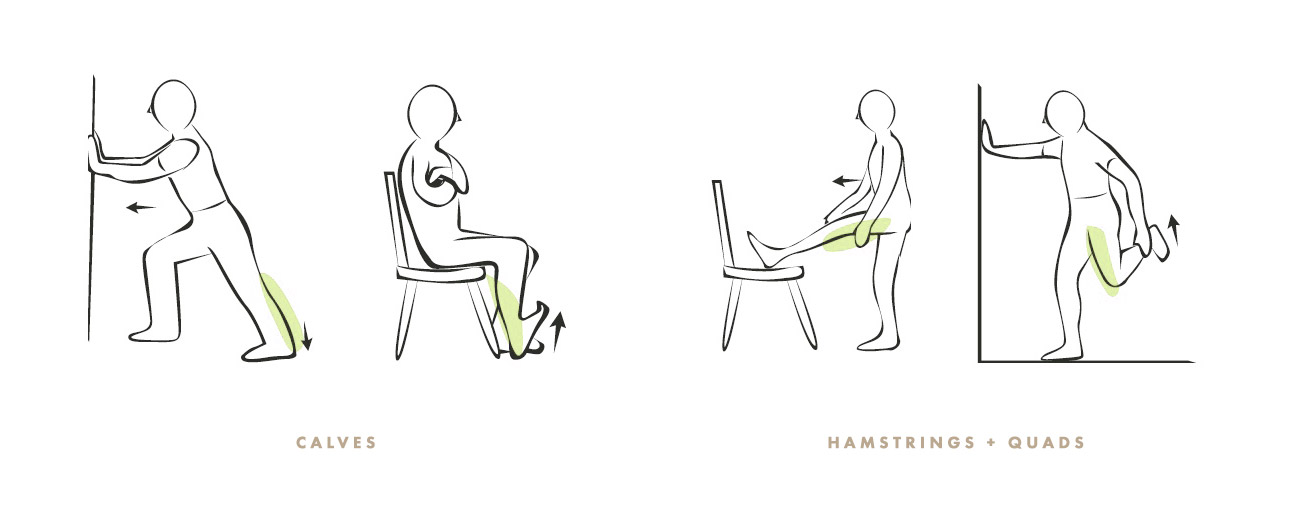
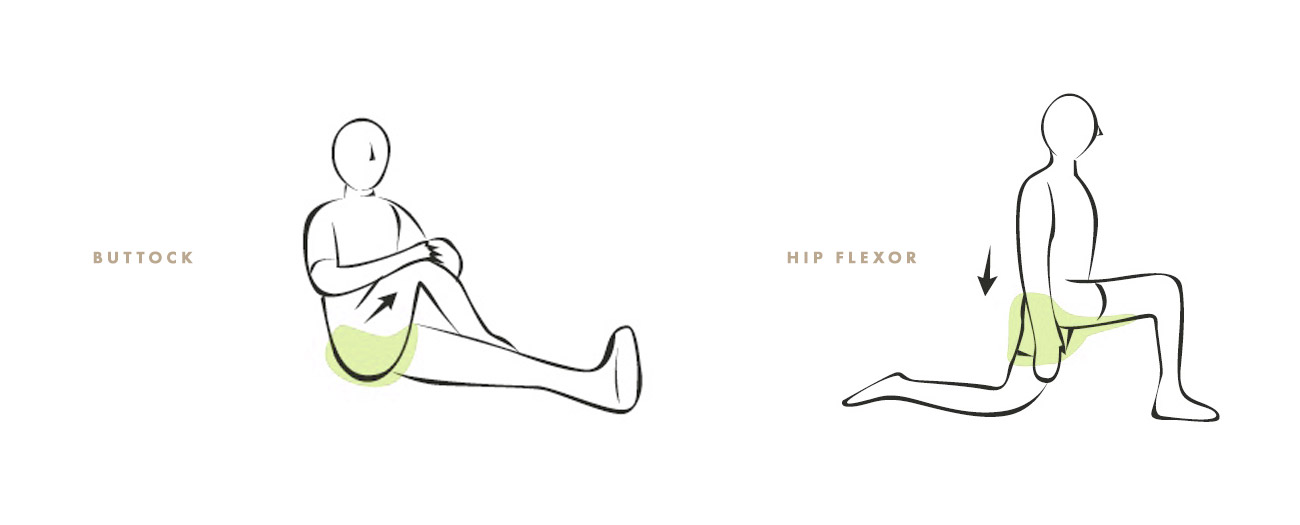
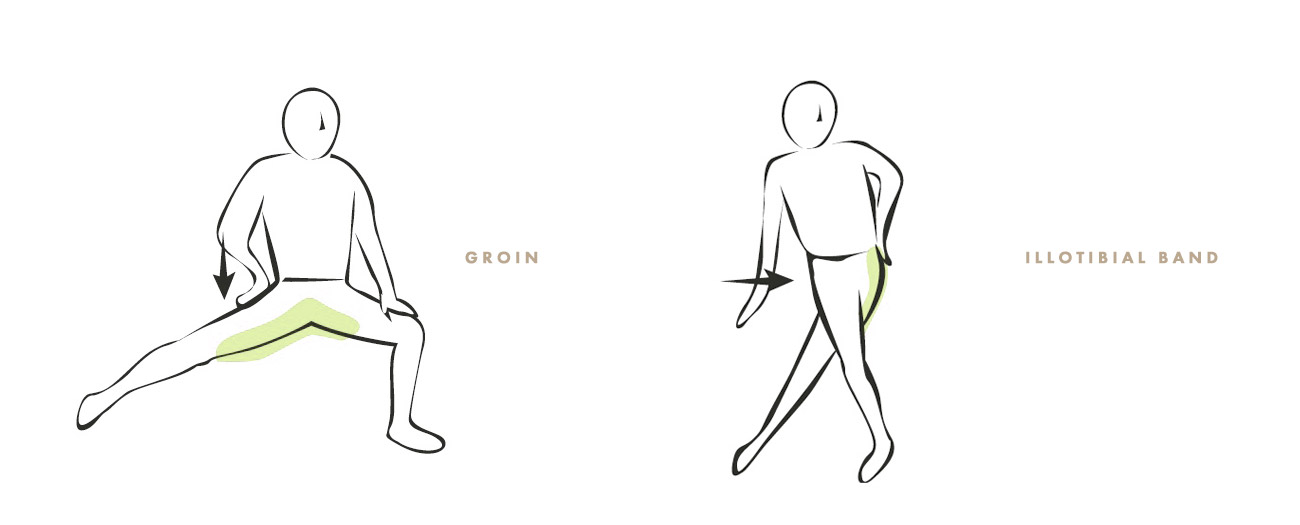
Returning to activity
A physiotherapist can provide a program to help prevent re-injury as you return to normal activities. A key element of that program is to return to your regular activity levels gradually. Don’t try to do too much too soon! After a break in routine – whether as a result of an illness or accident, the seasonal nature of the activity or even a holiday – you can’t just jump back in at full speed. Instead, build up gradually to your previous level of activity.
Another element of the rehabilitation program is to retrain balance and coordination. A knee injury involves more than just stress and strain the soft tissue. It also affects the tiny receptors in the muscles, ligaments and tendons that ‘tell’ you where your knee is positioned. These receptors send signals to correct balance or shift weight.When they’re damaged, the messages are interrupted and you are more likely to stumble and/or turn an ankle. Your physiotherapist will provide you with an exercise program that will include retraining the receptors as you strengthen the muscles strength around the damaged tissues.
Talk to one of our expert physiotherapists for more information. Call us at 604 568 4628 or book an appointment online today.
filed in
Latest Articles
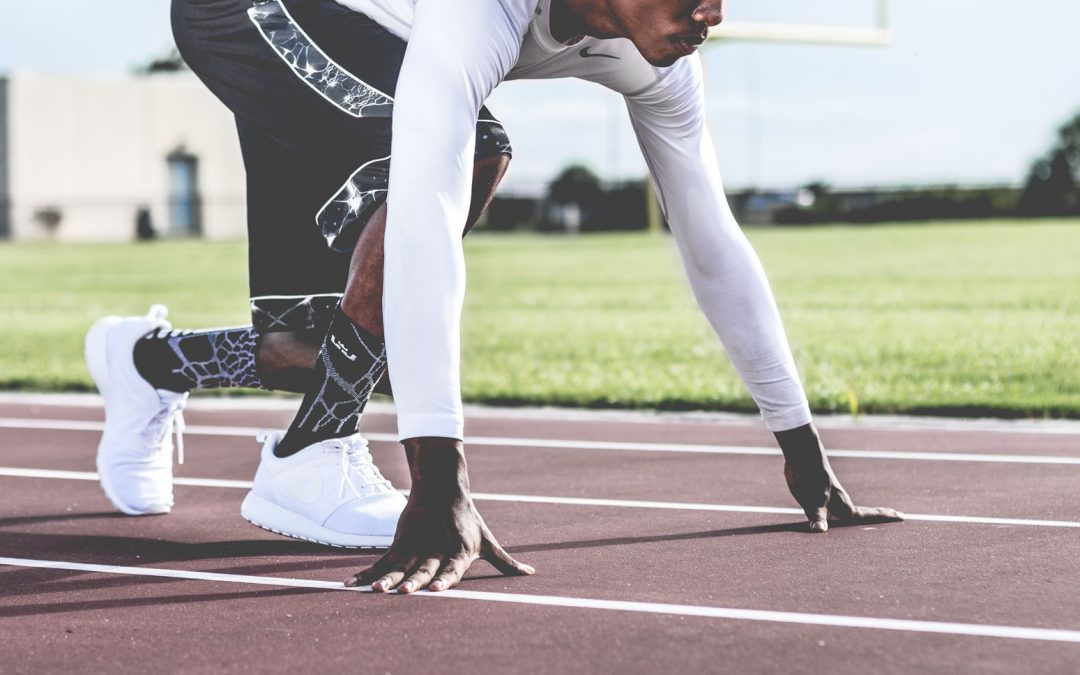
The Anteriorly Tilted Pelvis
RESOURCE LIBRARY This post was written by Go! Physio Kinesiologist, Steve Dempster. The pelvis has several important functions. Its primary role is to support the weight of the upper body when sitting and to transfer this weight to the lower limbs when...

Cancer Surgery and Rehab
RESOURCE LIBRARY Go! Physiotherapy Physiotherapists at Go! Physiotherapy are equipped with clinical rehabilitation expertise, oncology specialization, manual lymphatic drainage certification (LANA), and decades of rehabilitation experience in exercise...

We are still open! How? Our response to the COVID-19 pandemic
LATEST NEWS Go! Physiotherapy Staff Dear Friends of Go! Physiotherapy, These are unprecedented times. It feels that by the time we have finished crafting this sentence, things will have changed. And we here at Go! Physio are rolling...
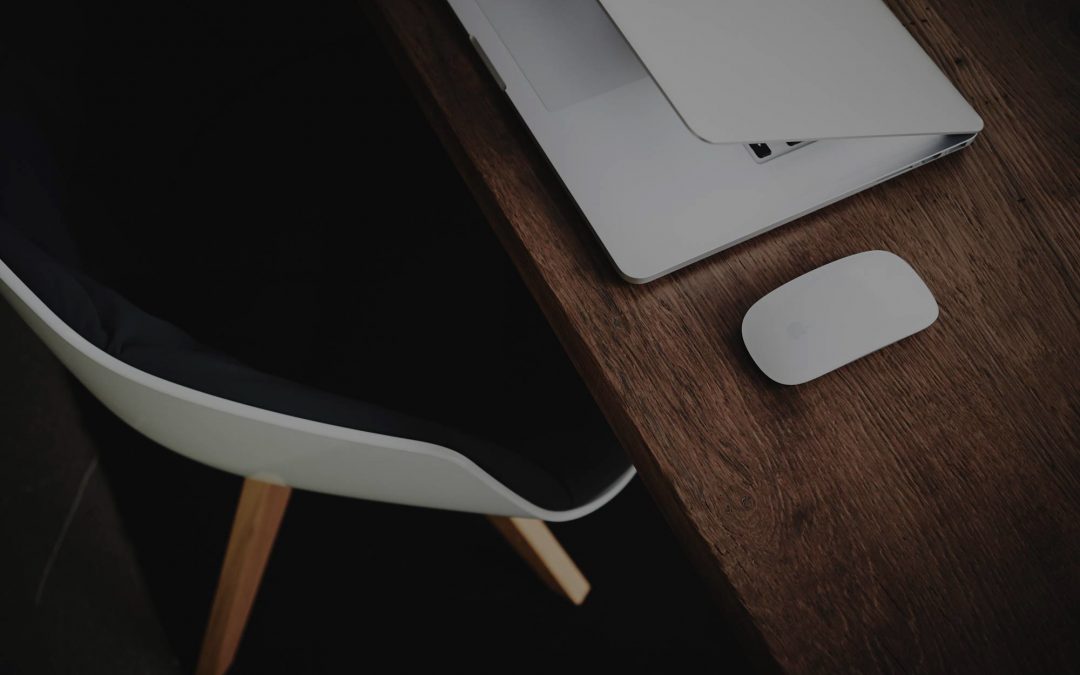
TeleRehab FAQs
RESOURCE LIBRARY Go! Physiotherapy Staff FREQUENTLY ASKED QUESTIONSDue to the COVID-19 pandemic affecting our community, we are committed to keeping our patients and staff safe by providing online video and phone calls (telerehab) until physical distancing measures...
Unlock Your Body’s Strength and Mobility Today
Book Online
Current patient? New, but know exactly what you’re looking for?
Contact Us
Never tried physiotherapy? Not sure where to start? Our friendly staff will guide you towards the best treatment for your situation.
Call: 604-568-4628
Email: go@gophysiotherapy.ca
